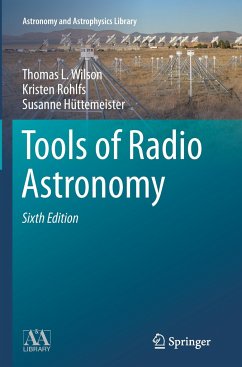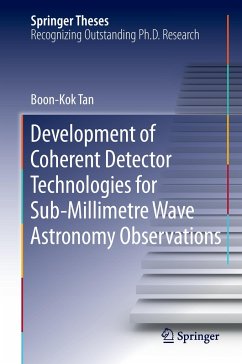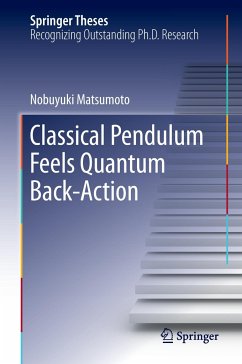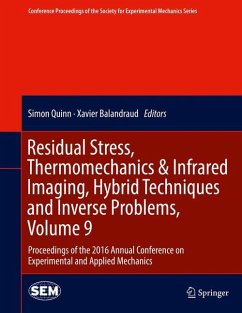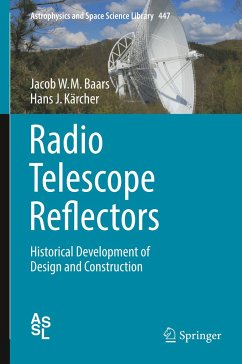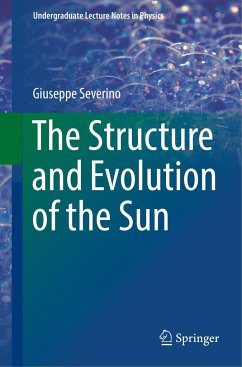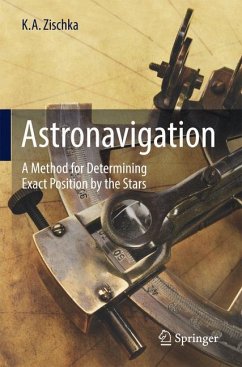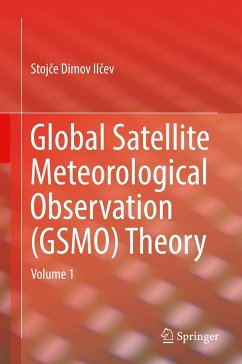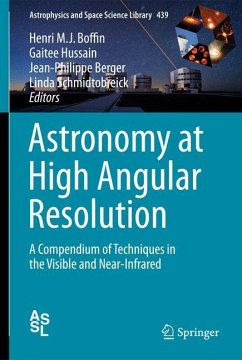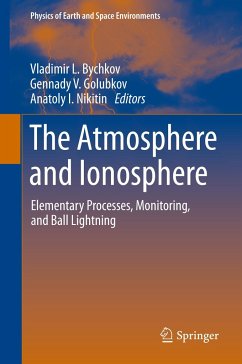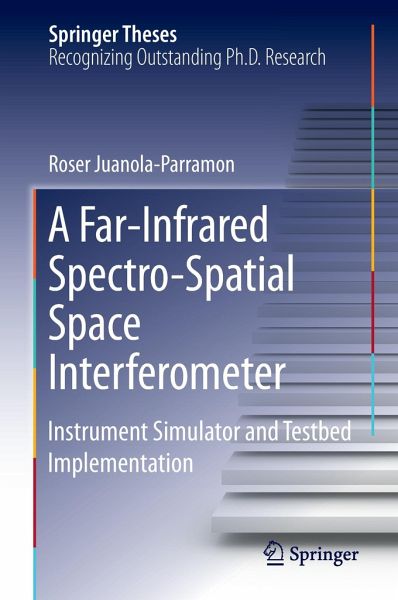
A Far-Infrared Spectro-Spatial Space Interferometer
Instrument Simulator and Testbed Implementation
Versandkostenfrei!
Versandfertig in 6-10 Tagen
76,99 €
inkl. MwSt.
Weitere Ausgaben:

PAYBACK Punkte
38 °P sammeln!
This thesis describes the physics and computational aspects of an end-to-end simulator to predict the performance of a Space-based Far Infrared Interferometer. The present thesis also includes, the science capabilities and instrumental state-of-the art. The latter is the ambitious next step which the Far-Infrared Astrophysical community needs to take to improve in anyway on the results of the most recent and current space telescopes in this wavelength region. This thesis outlines the requirements involved in such a mission and describes the most promising technique to capture most of the astro...
This thesis describes the physics and computational aspects of an end-to-end simulator to predict the performance of a Space-based Far Infrared Interferometer. The present thesis also includes, the science capabilities and instrumental state-of-the art. The latter is the ambitious next step which the Far-Infrared Astrophysical community needs to take to improve in anyway on the results of the most recent and current space telescopes in this wavelength region. This thesis outlines the requirements involved in such a mission and describes the most promising technique to capture most of the astrophysical information by combining spectroscopy to spatial interferometer. The simulation of such a system is extremely complex requiring multiple Fourier transforms each of which is subject to instrument non-idealities and appropriate optimization techniques. As a conclusion, the thesis provides an example of the basic performance achievable with such an instrument when targeting a youngstar formation region.





